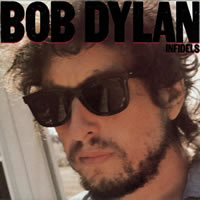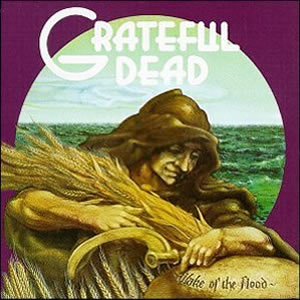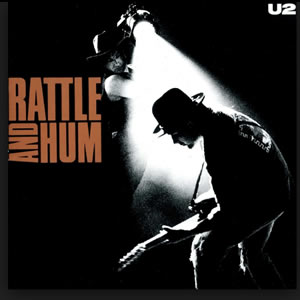Infidels by Bob Dylan
Buy Infidels In 1983, Bob Dylan released his studio album, Infidels. With this, Dylan received his highest critical and commercial success in nearly a decade. Still, through time, Infidels received criticism for not including […]



